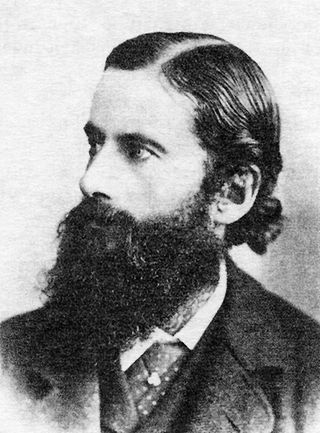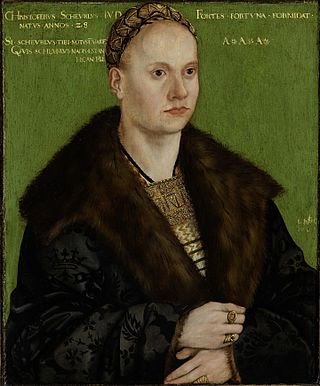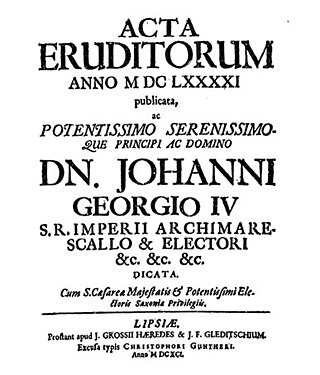
Caspar Rudolph Ritter von Jhering was a German jurist. He is best known for his 1872 book Der Kampf ums Recht, as a legal scholar, and as the founder of a modern sociological and historical school of law. His ideas were important to the subsequent development of the "jurisprudence of interests" in Germany.

Simon Dach was a German lyrical poet and hymnwriter, born in Memel, Duchy of Prussia.

Georg Jellinek was a German public lawyer and was considered to be "the exponent of public law in Austria“.
Carpzov is the name of a family, many of whose members attained distinction in Saxony in the 17th and 18th centuries as jurists, theologians and statesmen.

Johann Pistorius, also anglicized as John Pistorius or distinguished as Johann Pistorius the Younger, was a German controversialist and historian. He is sometimes called Niddanus from the name of his birthplace, Nidda in Hesse.

Benedict Friedlaender was a German Jewish sexologist, sociologist, economist, volcanologist, and physicist.

Werewolf witch trials were witch trials combined with werewolf trials. Belief in werewolves developed parallel to the belief in European witches, in the course of the Late Middle Ages and the Early Modern period. Like the witchcraft trials as a whole, the trial of supposed werewolves emerged in what is now Switzerland during the Valais witch trials in the early 15th century and spread throughout Europe in the 16th, peaking in the 17th and subsiding by the 18th century. The persecution of werewolves and the associated folklore is an integral part of the "witch-hunt" phenomenon, albeit a marginal one, accusations of lycanthropy involved in only a small fraction of witchcraft trials.

Joos de Damhouder, also referred to as Joost, Jost, Josse or Jodocus (de) Damhouder, was a jurist from Bruges, in the County of Flanders. His writings had a lasting influence on European criminal law.

Johann Daniel Major was a German professor of theoretical medicine, naturalist, collector and the founder of museology.

Christoph Scheurl or von Scheurl was a German jurist, diplomat and humanist who became famous for arranging a humanistic friendship between Johann Eck and Martin Luther.

Johann Friedrich Gleditsch was a major book publisher in the late 17th and early 18th centuries.
Wolfgang Hirschbach was a German legal scholar.

Carl Joseph Anton Mittermaier was a German jurist. Historian Richard J. Evans has described him as the 'nineteenth century's most influential critic of the death penalty'.

Caspar Ziegler, also Kaspar Ziegler, was a German jurist, poet, hymnwriter and composer. He was the Rektor of the University of Wittenberg.

August Buchner was a German philologist, poet and literary scholar, an influential professor of poetry and rhetoric at the University of Wittenberg.
Ludwig Weimer ( is a German theologian and priest of the Catholic Integrated Community.

Gottlob Benedict Bierey was a German composer, Kapellmeister and Theatre tenant.

Johann Heinrich von Heucher was a German physician and botanist.

Carl Joseph Georg Sigismund Wächter, from 1835 von Wächter, was a leading German jurist in the 19th century. For a brief period he served as president of the Oberappellationsgericht der vier Freien Städte.

Eckart Brödermann is an internationally active German legal scholar, specialist in international business law, arbitrator and author. He is a professor at the University of Hamburg.


















